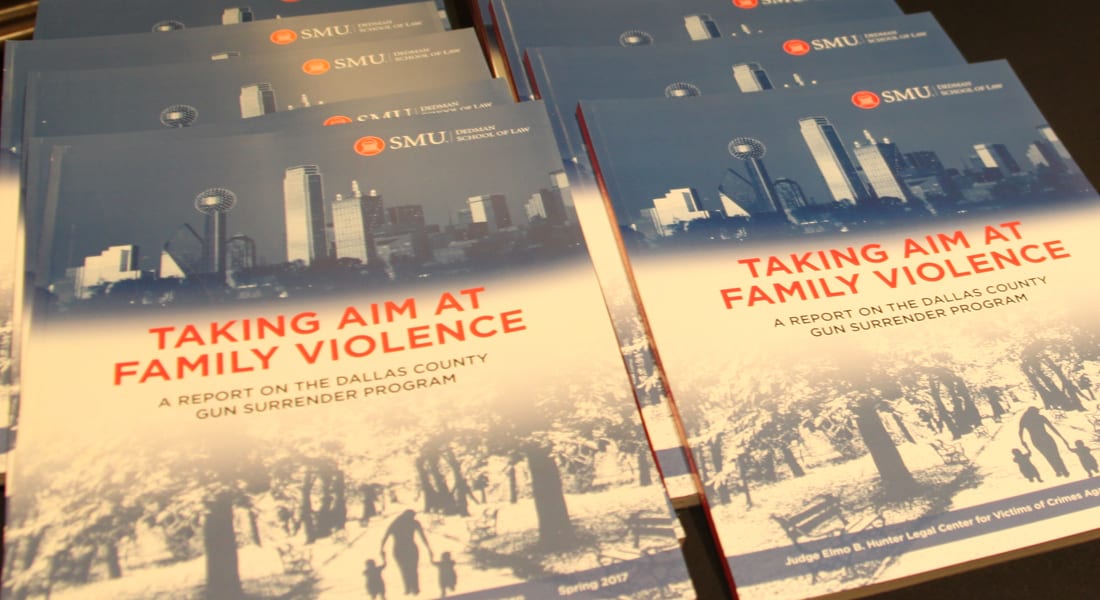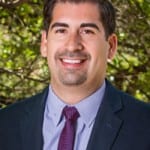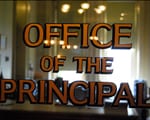Users earn rewards with the “Just Drive” app designed to prevent distracted driving.
Neha Husein gripped her steering wheel as her car jolted forward, hit from behind on one of Dallas’ busiest and most dangerous freeways. Shaken, but not injured, the high school senior surveyed the significant damage to her car. The cause of the crash? The driver behind her was texting while driving.
The 2014 collision was the SMU junior’s inspiration to develop a solution to stop drivers from texting while driving, a practice that killed 455 Texans and played a role in 109,660 crashes in Texas in 2016. Her smart-phone app, “Just Drive,” awards points to drivers who lock their phones while driving. Those points can then be redeemed for coupons or free food, drinks or merchandise.
Husein is one of six college entrepreneurs selected to participate March 10 in the Red Bull Launch Institute at Austin’s South by Southwest Interactive Festival. She will meet with industry leaders and other entrepreneurs to further develop and amplify her project. The institute is scheduled from 3 to 6:30 p.m. at Palazzo Lavaca, 1614 Lavaca St., Austin.
She’s not being judgmental. Everyone has texted while driving, Husein says.
“We are used to multitasking, and sitting in traffic gets boring,” she says.
But the marketing and human rights major believes positive reinforcement can change behavior. Rewards are motivating to millennials like Husein. According to the Texas Department of Transportation, drivers age 16 to 34 are most likely to text while driving, but Husein is betting the app will appeal to all ages.
“Expecting incentives is a generational thing, but it’s a human thing too,” she says. “People enjoy rewards.”
Husein first presented “Just Drive” at SMU’s October 2017 Big Ideas pitch contest. She won $1,000 for her 90-second pitch and used it to create a wireframe app mock-up. The Big Ideas pitch contest is part of SMU’s Engaged Learning program, a campus wide initiative designed to enhance student learning by connecting a personal passion to academic learning and turning it into a personal project. Faculty mentorship is a key part of the Engaged Learning program.
Husein’s mentor, SMU law professor Keith Robinson, is a specialist in patent, intellectual property and technology law and co-directs the Tsai Center for Law, Science and Innovation in SMU’s Dedman School of Law. He also teaches a class to law students on designing legal apps.
“I like people who show initiative and are willing to bet on themselves,” says Robinson, who meets weekly with Husein to discuss intellectual property issues and trademark application. “Neha has developed an app for a relatable problem, one that can save lives.”
Husein is a Carrollton, Texas, native who grew up with an entrepreneur mindset. She remembers manning a toy cash register alongside her father at his convenience store. He was on hand in February 2018 to see his daughter present her business plan at the second stage of SMU’s Big Ideas competition – and win $5,000 in start-up funds.
“Just Drive is a perfect combination of my interests in human rights and marketing,” Husein says. “It combines business with a philanthropic cause.”
She plans to launch the “Just Drive” app in September, 2018. — Nancy George, SMU




 Help wanted: Principals who embrace change in wake of Race to the Top
Help wanted: Principals who embrace change in wake of Race to the Top Observed by Texas telescope: Light from huge explosion 12 billion years ago reaches Earth
Observed by Texas telescope: Light from huge explosion 12 billion years ago reaches Earth Low IQ students learn to read at 1st-grade level after persistent, intensive instruction
Low IQ students learn to read at 1st-grade level after persistent, intensive instruction Richest marine reptile fossil bed along Africa’s South Atlantic coast is dated at 71.5 mya
Richest marine reptile fossil bed along Africa’s South Atlantic coast is dated at 71.5 mya Satellite view of volcanoes finds the link between ground deformation and eruption
Satellite view of volcanoes finds the link between ground deformation and eruption

 Public health insurance provides insured infants better, less costly care than private plans
Public health insurance provides insured infants better, less costly care than private plans A mathematical model determines which nations are more stable and which are more likely to break up
A mathematical model determines which nations are more stable and which are more likely to break up Indian, Vietnamese immigrants become American over time through civic activities, say anthropologists
Indian, Vietnamese immigrants become American over time through civic activities, say anthropologists CERN scientists find hints of Higgs boson — “God” particle
CERN scientists find hints of Higgs boson — “God” particle SMU to help solve dangerous refugee water issues
SMU to help solve dangerous refugee water issues Anthropology researcher to study human-fire-climate interactions
Anthropology researcher to study human-fire-climate interactions